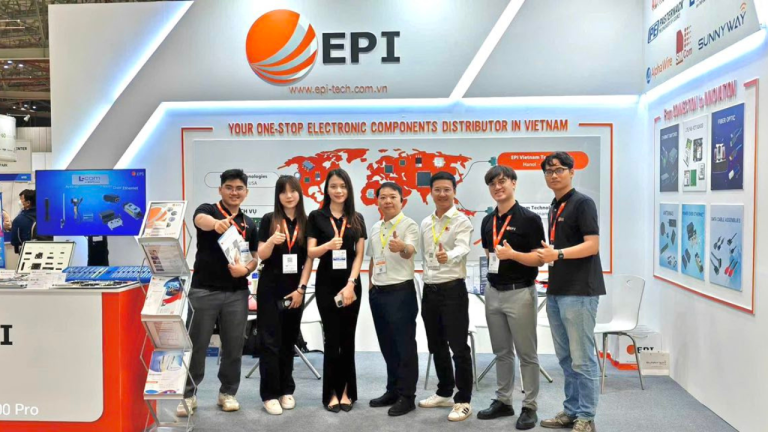ELECTRONICS NEWS HIGHLIGHT W48.2023

1. SK Hynix achieved a record 35% DRAM market share in the third quarter
According to a report by market research firm Omdia, SK hynix recently achieved a 35% market share in the DRAM sector, marking the highest level since the company’s founding.
The growth of artificial intelligence (AI) has been identified as a key factor benefiting the DRAM industry. The increasing proportion of AI servers leads to increased demand for DRAM. Besides, high bandwidth memory (HBM) is considered the most important part of AI memory. Large global information technology companies are paying special attention to HBM.
Market Forecast: The annual growth rate of DRAM market revenue is predicted to be 21% from this year to 2027. The HBM market is expected to experience further significant growth with an annual growth rate of 52%.
Learn more: SK hynix Achieves Record 35% Market Share in DRAM in Q3
2. The impact of the US-China chip war on the global supply chain
Beijing recently banned Micron’s chips, and restricted the export of raw materials, in response the US and its allies also restricted the export of chip manufacturing technology to China. In the context of many production facilities in the world located in China, the escalation of the US-China chip war continues to negatively affect the global supply chain.
By restricting the export of important raw materials such as germanium and gallium, China is causing supply difficulties for semiconductor manufacturing areas in the US. This indirectly leads to a scarcity of semiconductors, as well as an increase in the price of semiconductor products.
On the contrary, US allies such as the Netherlands and Japan are restricting the export of chip manufacturing technology to China. This affects the progress of the semiconductor industry in this country, especially for artificial intelligence development applications.
Faced with escalating conflicts, large manufacturing companies around the world choose to diversify production locations and develop their lines to countries with more political stability. For example, Dell is phasing out chips made in China by 2024, choosing to produce 20% of laptops in Vietnam. Micron is investing $100 billion in the US and building a $1 billion packaging plant in India to localize its supply chain.
Learn more: The U.S.-China Chip War: What it Means for You
3. Texas Instruments laid off MCU R&D team in China
Texas Instruments recently laid off its MCU R&D team in China and moved all MCU R&D operations to India. All members of the Chinese team have been dispersed and assigned to other product lines, with positions and salaries unchanged.
Texas Instruments’s MCU R&D team in China mainly focuses on research and development of the MSP430 product line. This product line was launched in 1996 as a 16-bit line with extremely low power consumption and good price. To date, there are more than 500 products in the MSP430 series. It is widely used in industrial control, automotive, consumer electronics, medical and other fields. Texas Instruments Shanghai R&D Center was established in 2010 and the China R&D team for the MSP430 product line was established in 2011.
However, due to the decrease in Chinese market demand for MCUs and the overwhelming competition from domestic manufacturers, Texas Instruments chose to stop further development in this market.
Learn more: Texas Instruments lays off MCU R&D team in China



 English
English  Tiếng Việt
Tiếng Việt 













